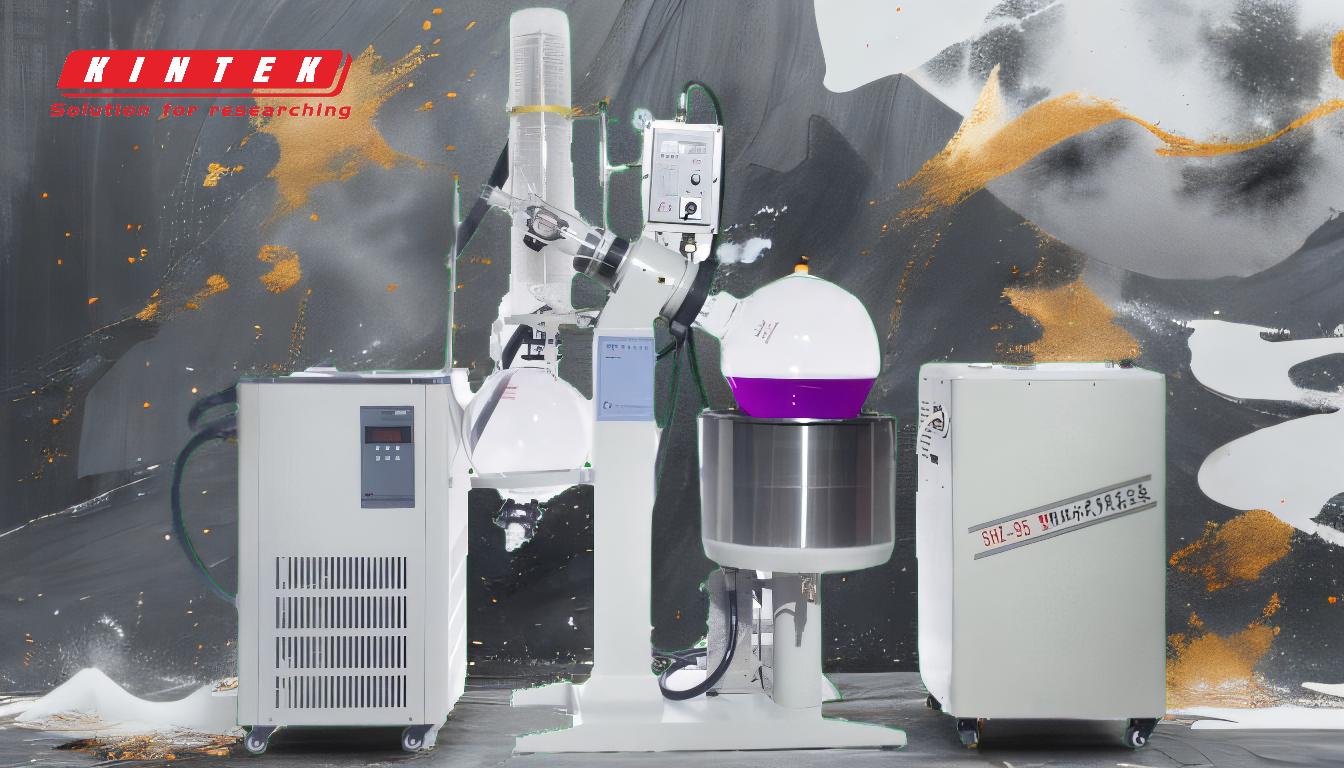During distillation, the temperature is not constant. It varies depending on the stage of the process, the materials being distilled, and the equipment setup. The temperature is carefully controlled to ensure efficient separation of components, with adjustments made to prevent overshooting and to optimize the distillation process. Key factors influencing temperature include the heating mantle settings, vacuum levels, and the specific boiling points of the materials being distilled. Maintaining a steady temperature is crucial for achieving consistent separation efficiency and product quality, but it often requires incremental adjustments and monitoring throughout the process.
Key Points Explained:

-
Temperature Control During Distillation:
- Temperature is not constant during distillation. It is adjusted based on the stage of the process and the materials being distilled.
- For example, the temperature is initially set to 50°C, then increased to 140°C, and later to 220°C, with variability depending on the material.
- The goal is to avoid overshooting the desired temperature, which could lead to inefficient separation or damage to the equipment.
-
Stages of Temperature Adjustment:
- Initial Heating: The process starts at a lower temperature (e.g., 50°C) to allow the system to stabilize.
- Intermediate Heating: The temperature is gradually increased to 140°C, then to 220°C, with careful monitoring to prevent overshooting.
- Reaction Monitoring: A reaction in the distillation head typically starts around 180°-190°C, indicating the beginning of the first fraction (heads).
-
Influence of Vacuum on Temperature:
- The vacuum level in the system significantly affects the boiling points of the materials being distilled.
- A higher vacuum lowers the boiling points, allowing distillation to occur at lower temperatures, which is particularly useful for heat-sensitive materials.
- The vacuum system's efficiency depends on the vacuum pump's power and the system's tightness, with materials like PTFE offering better wear and corrosion resistance.
-
Operational Adjustments:
- Stirring Speed: As the fluid level decreases in the flask, the stirring speed is increased to 400-800 RPM to maintain efficient mixing and heat transfer.
- Temperature Increments: If no reaction is observed, the temperature is increased in small increments (no more than 10 degrees at a time) to avoid sudden changes that could disrupt the process.
-
Equipment Considerations:
- The height of the distillation flask, the speed of rotation, and the water bath temperature can be adjusted according to operational needs.
- Maintaining a steady feed rate, body temperature, and vacuum level is critical for consistent separation efficiency and product quality.
-
Material-Specific Variability:
- Different materials have different boiling points and thermal stability, requiring specific temperature settings and adjustments.
- For example, some materials may require temperatures below 250°C to prevent decomposition, while others may tolerate higher temperatures.
In summary, temperature during distillation is not constant but is carefully controlled and adjusted based on the stage of the process, the materials being distilled, and the equipment setup. Proper temperature management, along with adjustments to vacuum levels and stirring speeds, is essential for achieving efficient separation and high-quality product output.
Summary Table:
| Key Factor | Description |
|---|---|
| Temperature Control | Adjusted based on process stage and materials; prevents overshooting. |
| Stages of Heating | Starts at 50°C, increases to 140°C, then 220°C; monitored to avoid disruptions. |
| Vacuum Influence | Higher vacuum lowers boiling points, useful for heat-sensitive materials. |
| Operational Adjustments | Stirring speed increases (400-800 RPM); temperature adjusted in small increments. |
| Equipment Setup | Flask height, rotation speed, and water bath temperature are adjustable. |
| Material Variability | Boiling points and thermal stability vary; specific adjustments are required. |
Optimize your distillation process with expert guidance—contact us today!












